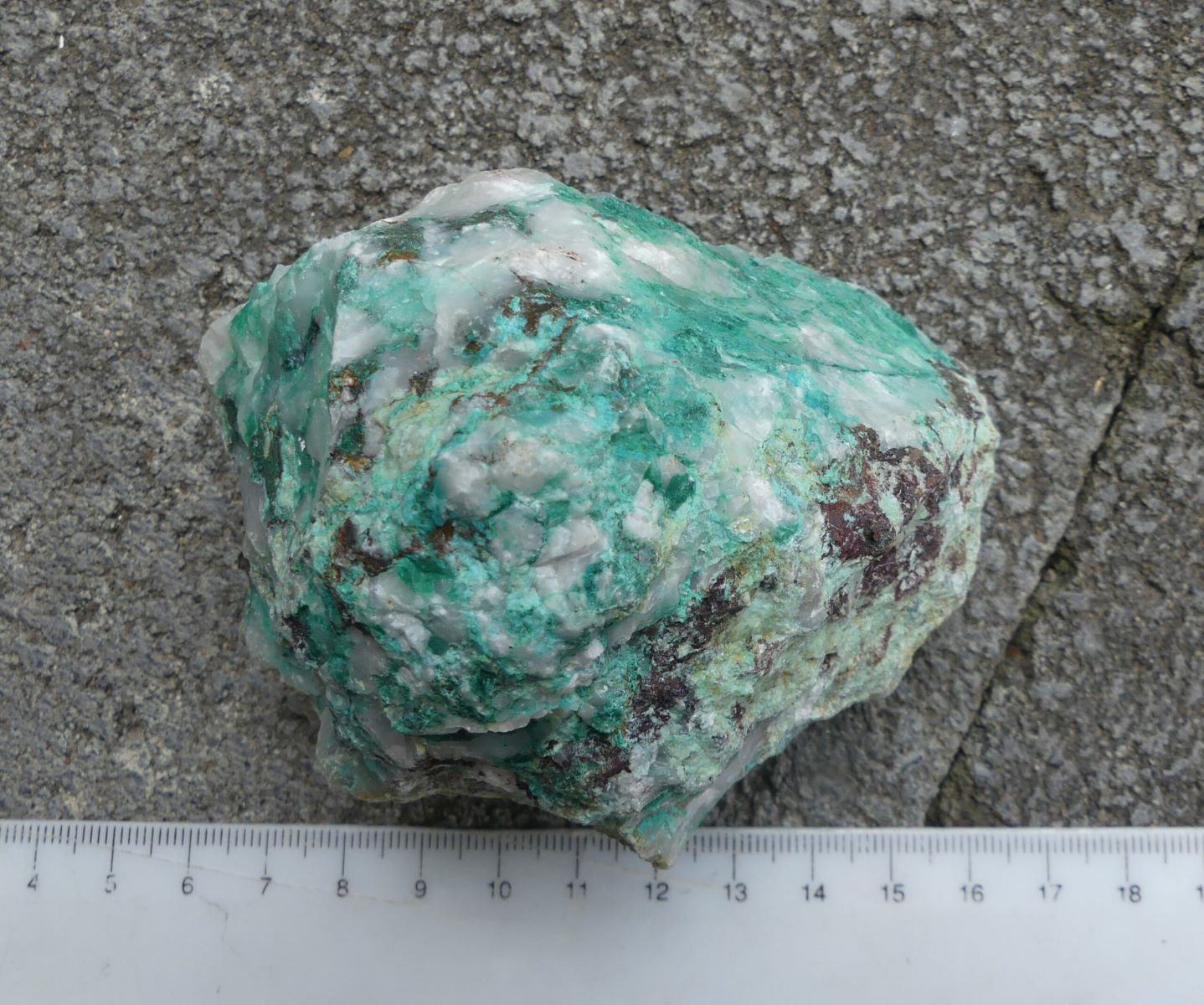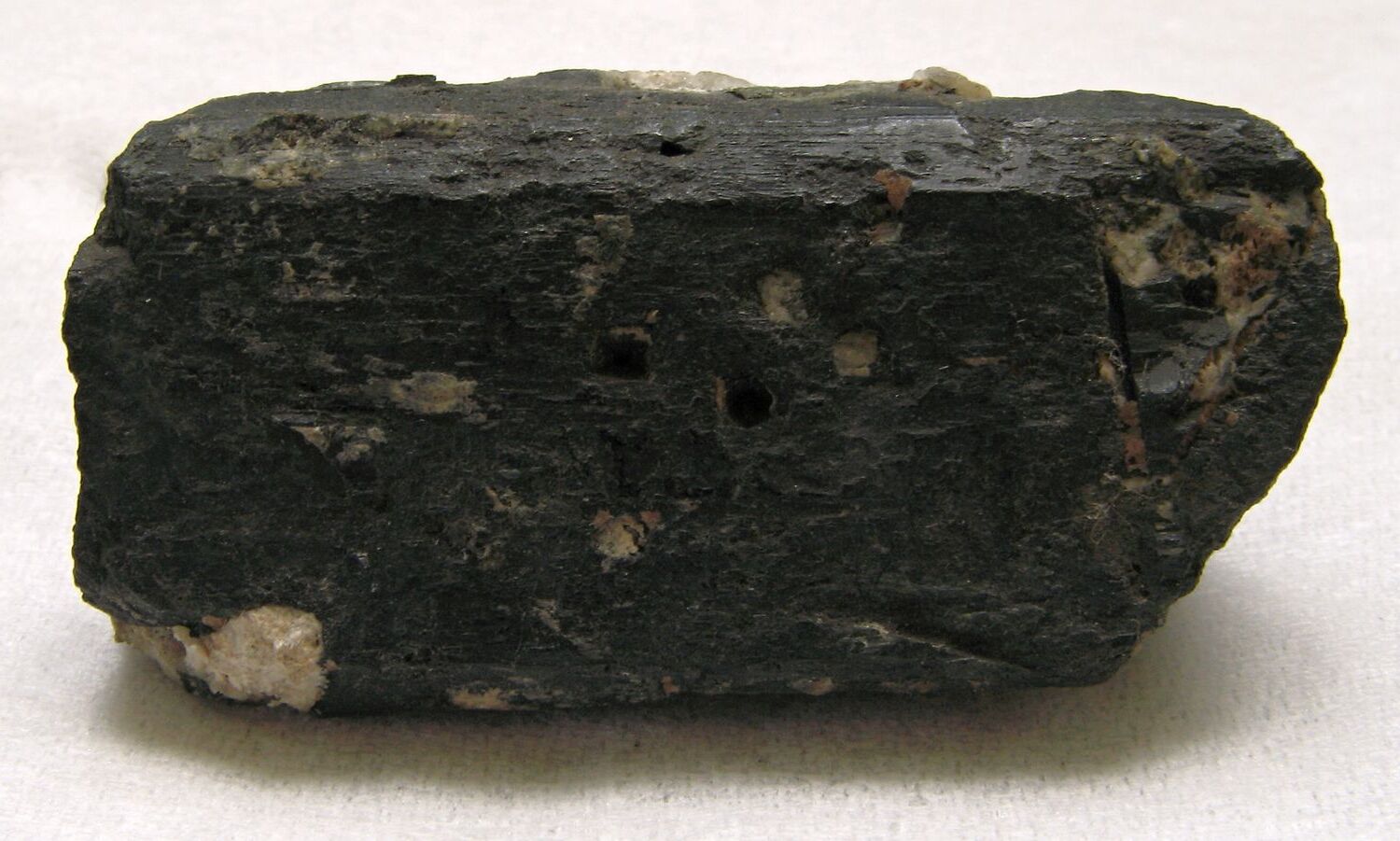
Anonychia is a rare condition where individuals are born without fingernails or toenails. This intriguing anomaly can affect one or more nails and is often linked to genetic mutations. Anonychia can be isolated or part of a broader syndrome, impacting other parts of the body. Imagine trying to pick up a coin or scratch an itch without nails—daily tasks become quite challenging. Despite its rarity, understanding anonychia helps shed light on nail development and genetic disorders. This post dives into 35 fascinating facts about anonychia, from its causes to its impact on daily life, offering a comprehensive look at this unusual condition.
What is Anonychia?
Anonychia is a rare condition where a person is born without nails on their fingers or toes. This can be a fascinating topic, especially when you dive into the details. Let's explore some intriguing facts about this condition.
-
Anonychia can be congenital or acquired. Congenital anonychia means a person is born without nails, while acquired anonychia happens due to injury or disease.
-
It can affect both fingernails and toenails. Some people might have anonychia on all their nails, while others might only have it on a few.
-
Genetic mutations often cause congenital anonychia. Mutations in specific genes like RSPO4 can lead to this condition.
-
Anonychia can be part of a syndrome. Sometimes, it appears alongside other conditions, such as ectodermal dysplasia.
-
It doesn't always affect nail beds. In some cases, the nail beds are normal, but the nails simply don't grow.
Symptoms and Diagnosis
Understanding the symptoms and how doctors diagnose anonychia can help demystify this condition.
-
Absence of nails is the primary symptom. This might seem obvious, but it's the most straightforward way to identify anonychia.
-
Doctors use genetic testing for diagnosis. Genetic tests can confirm if a mutation is causing the condition.
-
Physical exams are crucial. A thorough physical examination helps rule out other possible causes for missing nails.
-
Family history matters. Knowing if other family members have anonychia can provide clues for diagnosis.
-
Skin biopsies can be informative. In some cases, a skin biopsy might be performed to understand the underlying issue.
Treatment and Management
While there's no cure for congenital anonychia, various treatments and management strategies can help.
-
Protective measures are essential. Without nails, fingers and toes can be more vulnerable to injury, so protective gloves and shoes are recommended.
-
Artificial nails can be an option. Some people choose to use artificial nails for cosmetic reasons.
-
Regular moisturizing helps. Keeping the skin around the nail beds moisturized can prevent dryness and cracking.
-
Vitamin supplements might be beneficial. Some doctors recommend vitamins like biotin to support skin health.
-
Surgery is rarely needed. In most cases, surgery isn't necessary unless there's an associated deformity.
Genetic Factors
Genetics play a significant role in anonychia, and understanding these factors can provide more insight.
-
RSPO4 gene mutation is a common cause. This gene is crucial for nail development, and mutations can lead to anonychia.
-
It can be inherited in an autosomal recessive manner. This means both parents must carry the gene mutation for their child to have anonychia.
-
Other genes can also be involved. While RSPO4 is the most common, other genetic mutations can also cause anonychia.
-
Genetic counseling is recommended. Families with a history of anonychia might benefit from genetic counseling to understand their risks.
-
Prenatal testing is possible. In some cases, prenatal genetic testing can identify anonychia before birth.
Psychological Impact
Living with anonychia can have psychological effects, and it's important to address these aspects.
-
Self-esteem can be affected. Missing nails might make some people feel self-conscious.
-
Support groups can be helpful. Connecting with others who have anonychia can provide emotional support.
-
Therapy might be beneficial. Talking to a therapist can help manage any psychological impact.
-
Education is empowering. Learning about the condition can help individuals feel more in control.
-
Family support is crucial. Having a supportive family can make a big difference in coping with anonychia.
Interesting Facts
Here are some additional interesting facts about anonychia that you might not know.
-
Anonychia can be partial or total. Some people might have a few nails missing, while others have none at all.
-
It can be associated with other nail abnormalities. Conditions like koilonychia (spoon-shaped nails) can sometimes occur alongside anonychia.
-
Nail growth can sometimes be stimulated. In rare cases, certain treatments might stimulate nail growth.
-
It's more common in certain populations. Some genetic mutations causing anonychia are more prevalent in specific ethnic groups.
-
Anonychia has been documented for centuries. Historical records show that this condition has been known for a long time.
Research and Future Directions
Ongoing research continues to shed light on anonychia and potential future treatments.
-
Stem cell research holds promise. Scientists are exploring how stem cells might help regenerate nails.
-
Gene therapy is a potential future treatment. Correcting genetic mutations could one day cure congenital anonychia.
-
New genetic discoveries are being made. Researchers continue to find new genes involved in nail development.
-
Clinical trials are ongoing. Various clinical trials are testing new treatments for anonychia.
-
Awareness is increasing. More people are becoming aware of anonychia, leading to better support and resources.
Final Thoughts on Anonychia
Anonychia, the absence of nails, is a rare condition that can be inherited or result from other health issues. Understanding its causes and implications helps in managing it better. While it might seem like a minor inconvenience, nails play a crucial role in protecting fingertips and aiding in daily tasks. People with anonychia often adapt well, finding alternative ways to perform tasks that typically require nails.
Medical advancements continue to offer hope for those affected, with treatments focusing on underlying causes. Awareness and education about anonychia can lead to better support and resources for those living with this condition. If you or someone you know has anonychia, consulting with a healthcare professional can provide personalized advice and potential treatment options. Remember, every condition, no matter how rare, deserves attention and understanding.
Was this page helpful?
Our commitment to delivering trustworthy and engaging content is at the heart of what we do. Each fact on our site is contributed by real users like you, bringing a wealth of diverse insights and information. To ensure the highest standards of accuracy and reliability, our dedicated editors meticulously review each submission. This process guarantees that the facts we share are not only fascinating but also credible. Trust in our commitment to quality and authenticity as you explore and learn with us.


